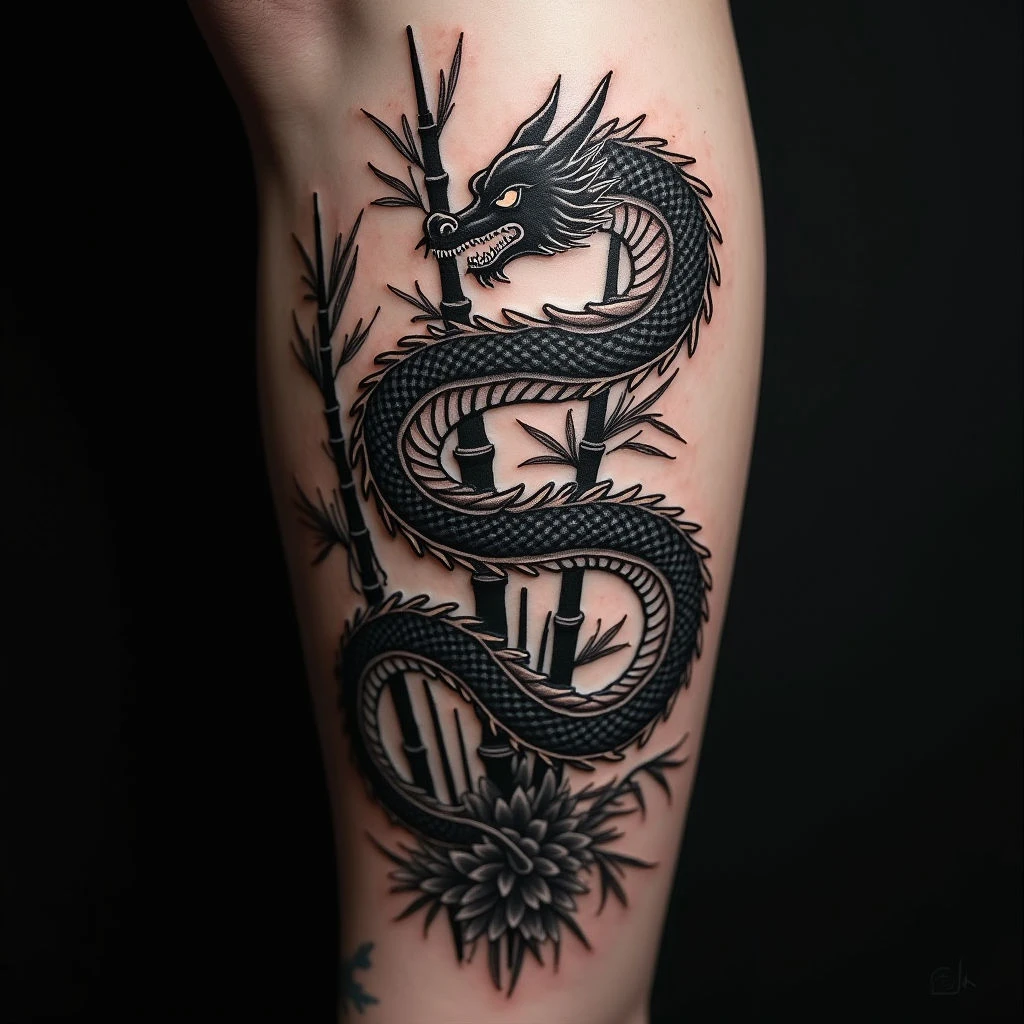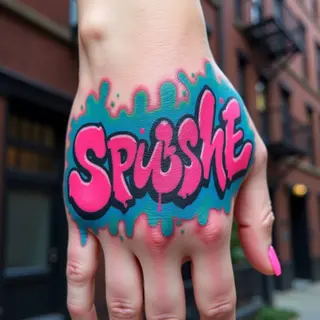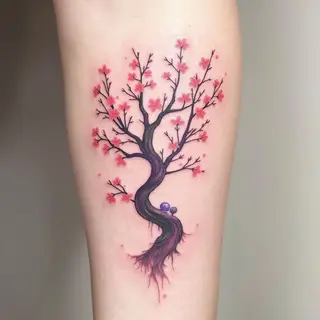The Power and Meaning of Black Japanese Tattoos
Japanese tattoos have a captivating history, layered with symbolism and striking aesthetics. While you often see vibrant colors, black Japanese tattoos—sometimes called *kuroi* (黒い)—possess a unique depth and resonance.
A History Rooted in Tradition
Historically, full-body Japanese tattoos (*irezumi*) were frequently created using black ink. This was largely due to its accessibility and cost-effectiveness. These intricate designs weren't just art; they also served as a form of expression and a quiet act of defiance against the restrictions of the Edo period.
As color inks became more readily available, the stark beauty and powerful symbolism of black designs remained deeply embedded in Japanese tattoo culture—and for good reason.
Symbolism & Meaning: Decoding the Motifs
Black ink really lets the details shine, emphasizing the symbolic weight of each element. Let's look at some common motifs:
-
Dragons (Ryū)
Represent strength, wisdom, and protection.
-
Koi Fish (Koi)
Symbolize perseverance, ambition, and good fortune—often depicted swimming upstream. It's a powerful image.
-
Tigers (Tora)
Embody courage, power, and warding off evil spirits. A truly formidable symbol.
-
Snakes (Hebi)
Represent healing, transformation, and knowledge—a subtle but potent message.
-
Flowers (Hana)
Each flower carries its own unique meaning. Cherry blossoms, for example, represent the fleeting nature of life, while lotuses symbolize purity.
Style Considerations: Finding Your Aesthetic
Traditional Japanese tattooing often uses bold outlines and a limited color palette, but black designs can vary widely. You'll see everything from heavily shaded realism to minimalist linework.
Think about the level of detail you want and how it fits your personal style—it’s an important decision.
Finding a Skilled Artist
It's essential to find an artist who specializes in traditional Japanese tattooing and truly understands the cultural significance behind these designs. Do your research, carefully review portfolios, and look for artists with experience in blackwork or *irezumi* styles.


